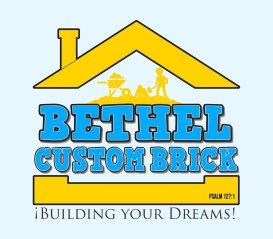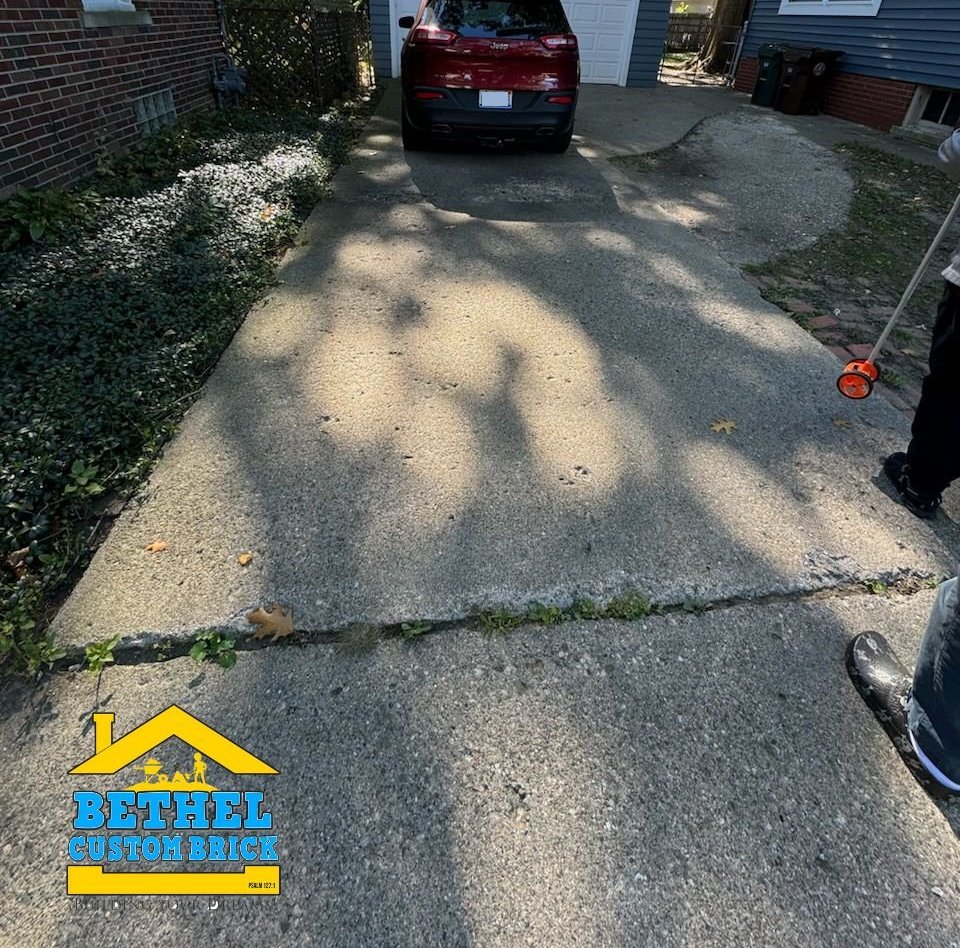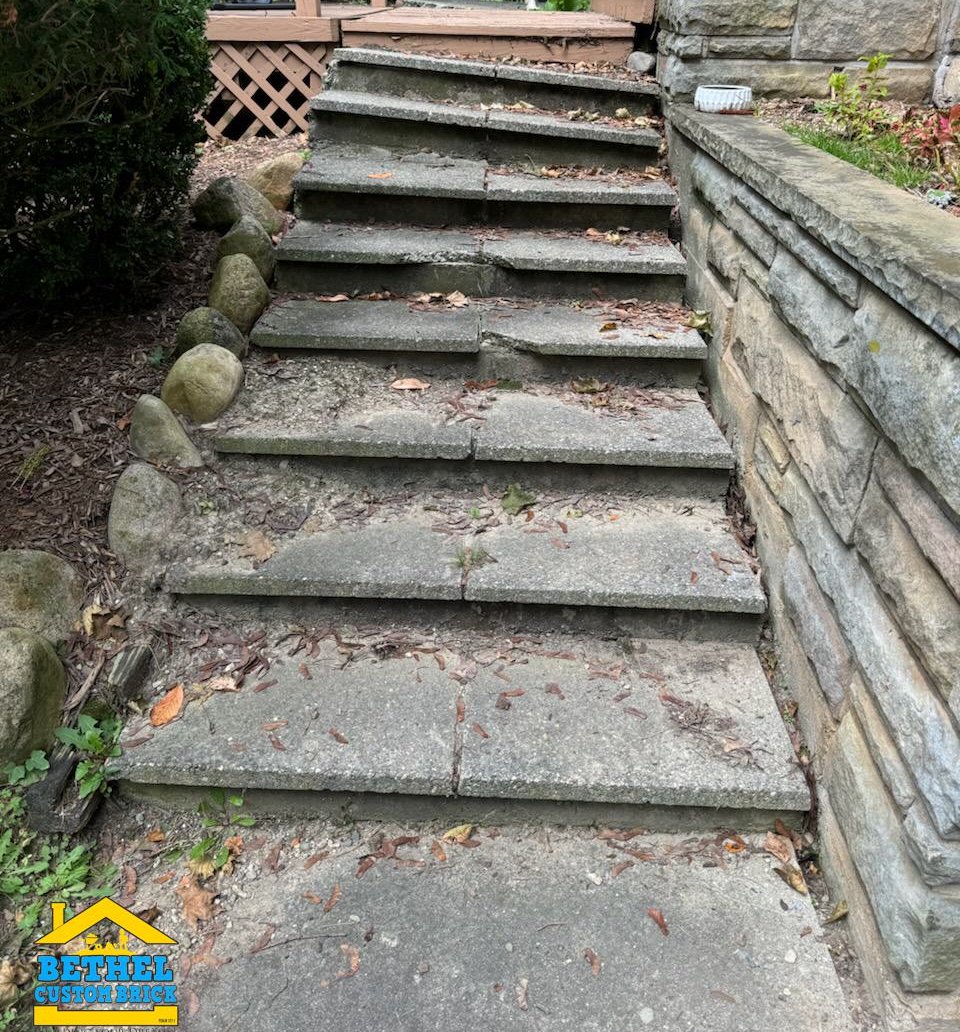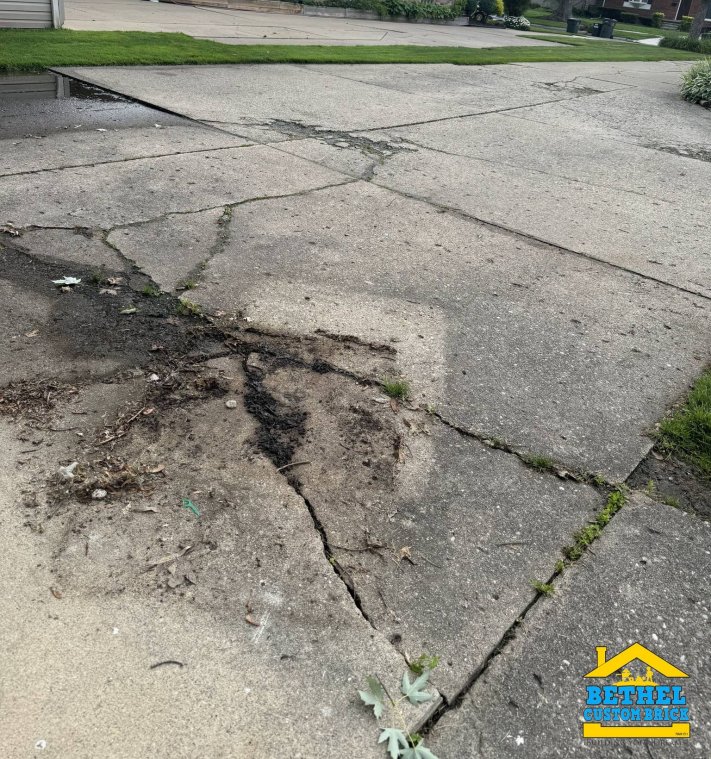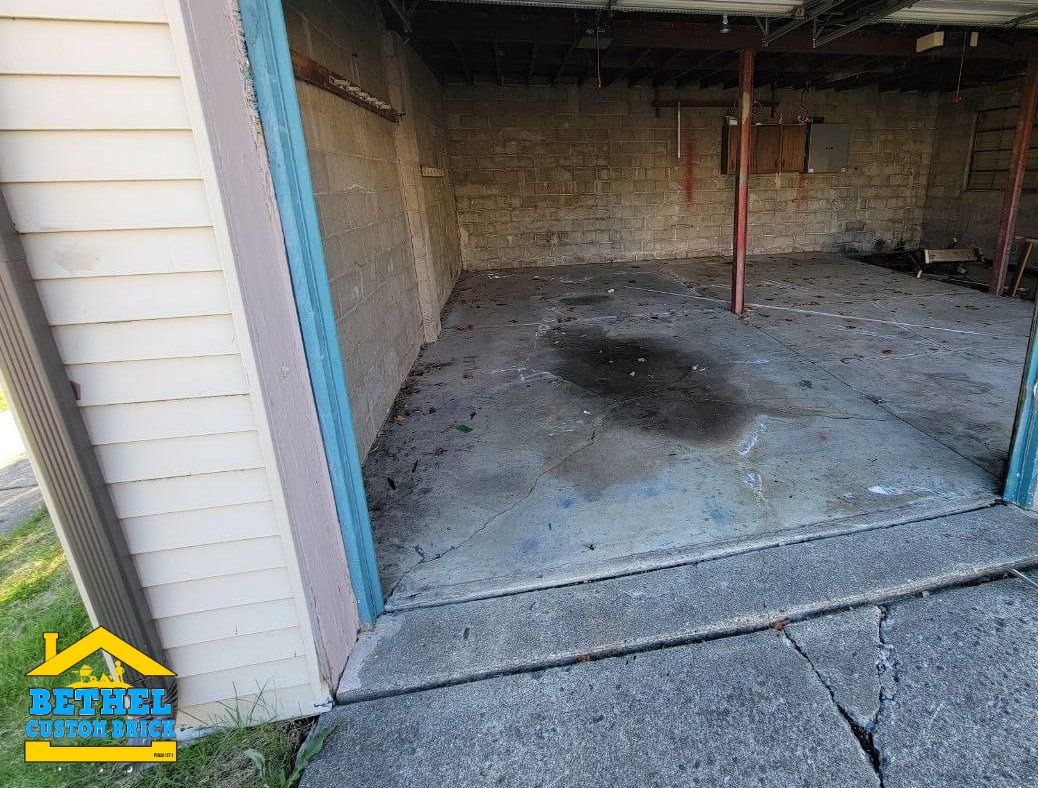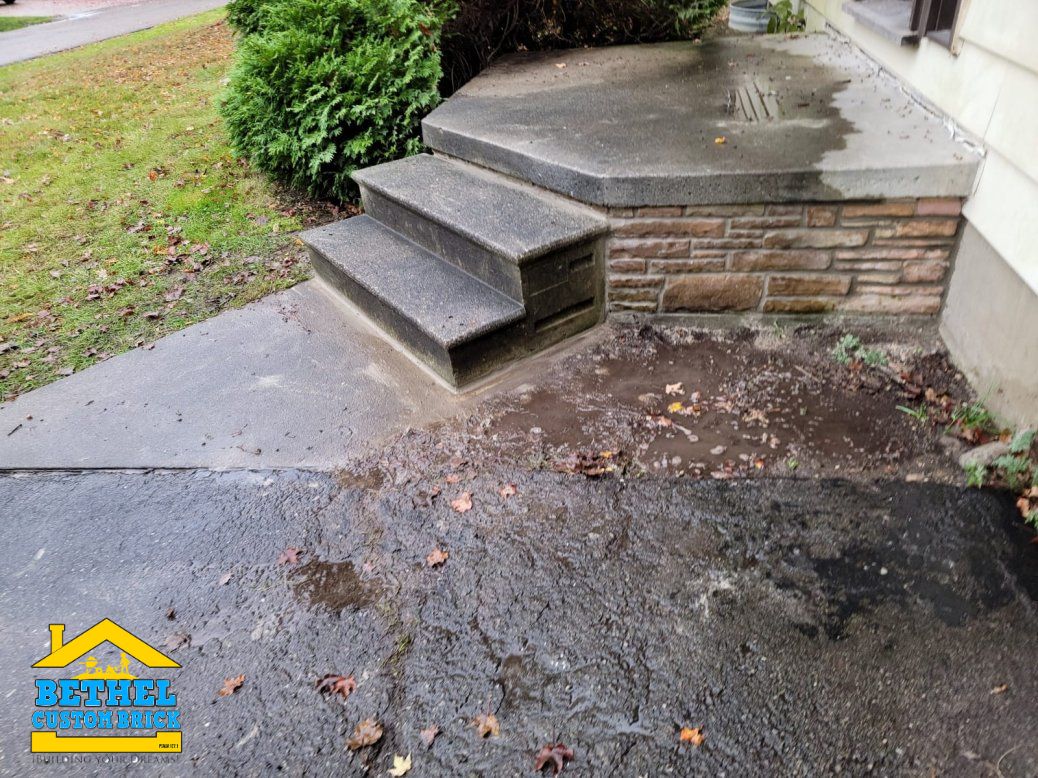Concrete is one of the most durable materials used in construction, providing stability and resilience for driveways, sidewalks, patios, and foundations. However, like all materials, concrete can deteriorate over time due to weather, usage, and environmental factors. Recognizing the early warning signs that your concrete needs repair or replacement can help you maintain the safety, appearance, and value of your property. Here are the top indicators that it might be time to address your concrete surfaces.
1. Cracks in the Concrete
Cracks are one of the most common signs of aging and stress in concrete. While small, hairline cracks may not pose an immediate risk, larger cracks that spread across the surface or go deep into the concrete indicate more serious issues. Factors such as freeze-thaw cycles, soil movement, and heavy loads can cause concrete to crack. If these cracks continue to widen, they can compromise the structural integrity of the concrete, requiring prompt attention.
2. Uneven or Sunken Concrete
If sections of your concrete surface are uneven or have sunken, it could be due to soil erosion or settling beneath the slab. This problem often occurs in areas with fluctuating moisture levels, which can cause the soil to shift or compact. Uneven concrete can create tripping hazards, make surfaces unstable, and lead to drainage issues, potentially causing further damage.
3. Spalling or Flaking Surface
Spalling, or surface flaking, occurs when the outer layer of concrete begins to peel or crumble away. This issue is commonly caused by exposure to freeze-thaw cycles, de-icing salts, or water penetration. Spalling not only affects the appearance of the concrete but also makes it more susceptible to further damage, weakening the surface and reducing its durability.
4. Discoloration and Staining
Concrete surfaces can become discolored or stained due to exposure to chemicals, oil spills, water infiltration, or other environmental factors. While discoloration doesn’t always indicate structural damage, it can be a sign that the concrete is absorbing moisture, which can lead to more serious issues over time. Stains and discoloration also impact curb appeal and may indicate that the concrete’s protective layer is wearing away.
5. Surface Erosion and Pitting
Pitting and surface erosion often appear as small holes or depressions on the concrete surface. This type of wear is typically caused by heavy foot traffic, exposure to harsh weather conditions, or abrasion from debris. Over time, these pits can expand and weaken the concrete, making it more prone to cracking and further deterioration.
6. Worn Aggregate in Exposed Aggregate Concrete
Exposed aggregate concrete, known for its unique texture and aesthetic appeal, is designed to showcase stones or pebbles on the surface. Over time, however, the aggregate may become loose, worn, or damaged due to exposure to the elements. Excessive wear on exposed aggregate concrete can lead to an uneven surface, impacting both appearance and functionality.
7. Water Pooling or Drainage Issues
If water pools on your concrete surfaces after a rainstorm or during snowmelt, it could indicate an uneven surface or drainage problem. Poor drainage not only leads to moisture infiltration but can also exacerbate freeze-thaw damage, causing the concrete to crack, spall, or sink over time. Addressing drainage issues is essential to prevent long-term damage to your concrete.
8. Damage Around Foundations or Retaining Walls
Concrete surfaces around foundations, retaining walls, or steps are often subject to additional stress. Cracking, settling, or crumbling concrete near these structures can indicate soil movement or increased pressure from surrounding earth. Addressing damage around foundational elements is critical to maintaining both the concrete and the stability of the surrounding structures.
When to Consider Repair or Replacement
While minor issues like hairline cracks or slight discoloration can often be repaired, more extensive damage may require complete concrete replacement. Determining whether to repair or replace depends on factors such as the extent of the damage, the age of the concrete, and its intended function. Generally, if over 30% of the surface is damaged, or if there are widespread cracks and structural issues, replacement may be the best long-term solution.
Final Thoughts
At Bethel Custom Brick, we understand the importance of keeping your concrete surfaces safe, durable, and visually appealing. Serving the Detroit Metro area, we specialize in assessing, repairing, and replacing concrete surfaces to meet the needs of our clients. Whether you’re dealing with cracks, spalling, or uneven concrete, our team of experienced professionals can provide reliable solutions to restore your concrete’s integrity and enhance your property. Contact us today to learn how we can help with your concrete repair and replacement needs.
